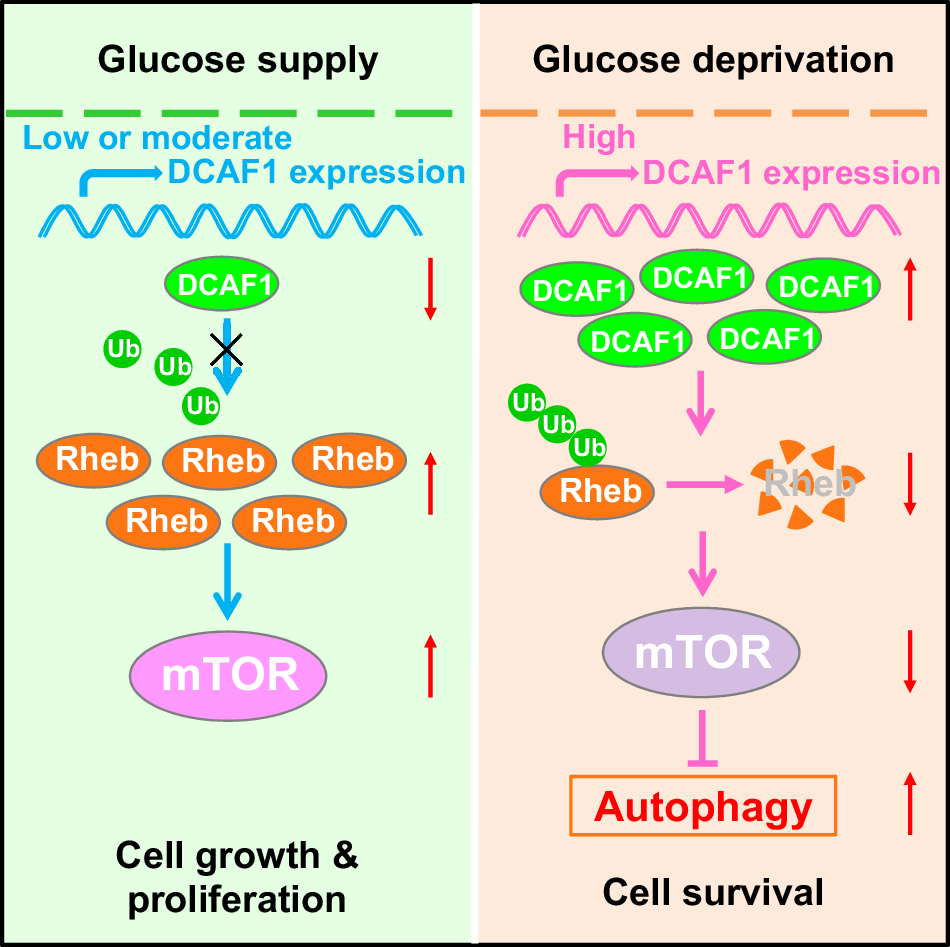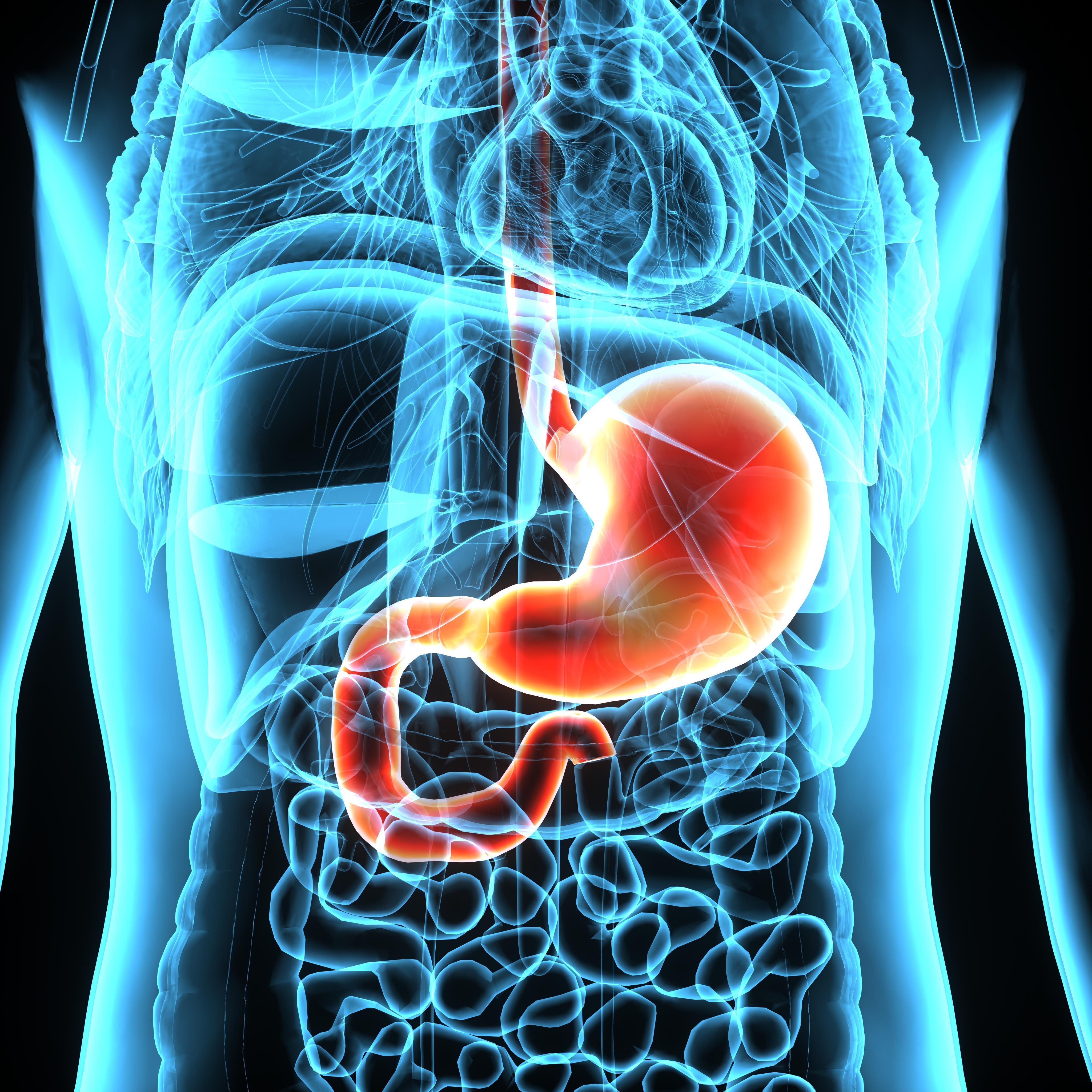
Why Deep Work Leaves You Drained After 90 Minutes
The Cost of Focus Is Higher Than You Think
Deep work is often glorified. Block off distractions, lock into a task, and hammer away at high-value cognitive labor. Whether you're writing, coding, strategizing, or learning — the state of sustained, undistracted mental effort is where creative breakthroughs and productivity happen.
But anyone who has pushed through 60 to 90 minutes of deep focus knows what comes after. A strange cognitive crash. Eyes glaze over. Words blur. Problem-solving hits a wall. Willpower fades, and the temptation to scroll or snack creeps in.
This isn’t just psychological fatigue. It’s metabolic.
The act of thinking hard burns real energy — and your brain, especially the prefrontal cortex, is incredibly demanding. Unlike muscles, it cannot store fuel locally. It depends entirely on a continuous supply of glucose, oxygen, and neurochemical balance.
Once that supply dips, your clarity drops, motivation declines, and errors increase. This is not a flaw in your work ethic. It is your nervous system protecting itself from overload.
What’s Actually Happening in Your Brain
During deep work, multiple biological systems are operating at high intensity — and they each have a threshold.
1. Glucose Depletion in Prefrontal Circuits

Your prefrontal cortex, the part of the brain responsible for decision-making, focus, and complex reasoning, has a voracious appetite for glucose (Mergenthaler et al. 2013). It consumes energy at a higher rate during intense cognitive tasks than during rest. After about 60 to 90 minutes of sustained mental work, local glucose supply diminishes, leading to slower processing, mental fog, and decision fatigue.
2. Orexin and Alertness Regulation
Orexin is a neuropeptide produced in the hypothalamus that helps regulate arousal, energy metabolism, and wakefulness. It is highly sensitive to glucose levels. When brain glucose drops, orexin signaling decreases (Yamanaka et al. 2003). This causes a cascade effect: lower alertness, diminished drive, and a stronger pull toward sleep-like states or energy-conserving behaviors.
3. Dopamine Fatigue and Motivation Drift
Dopamine helps sustain focus by reinforcing goal-directed behavior. But dopamine is not unlimited. With prolonged cognitive effort, synaptic dopamine levels decline, especially when effort continues without reward or novelty (Westbrook and Braver 2016). This makes tasks feel harder, more annoying, and less satisfying — even if the actual difficulty has not changed.
4. Increased Adenosine Accumulation
Adenosine is a byproduct of cellular activity that builds up as the brain consumes energy. The more you focus, the more adenosine accumulates. It creates a mounting pressure for rest and restoration — similar to how lactic acid signals muscle fatigue (Porkka-Heiskanen et al. 1997).
This Is Why You Crash
By the 90-minute mark, your brain has usually hit at least two of these thresholds:
- Local glucose is low
- Orexin and dopamine have dropped
- Adenosine has risen
- Neural efficiency is slowing
That feeling of "I can't think anymore" is not a lack of discipline. It’s your central nervous system asking for a reset.
What Happens If You Push Through?

Continuing to work beyond this point without a break can lead to:
- Lower cognitive accuracy: Mistakes rise as executive control weakens
- Decreased creativity: The brain becomes less flexible and more rigid in problem-solving
- Impaired emotional regulation: You're more likely to become irritable, impulsive, or anxious
- Worse retention and memory: Overloaded neurons struggle to encode or consolidate new information
- Increased allostatic load: Chronic overexertion without recovery increases stress hormone levels, which can impair future focus (McEwen and Wingfield 2003)
This is why "grinding through" often results in more hours spent but fewer meaningful results.
The 90-Minute Work Cycle Is Not Arbitrary
Ultradian rhythms — biological cycles that repeat throughout the day — include 90-minute oscillations in alertness, focus, and physical readiness (Lloyd and Rossi 2008). These rhythms are baked into our neurology. After each 90-minute peak, the body naturally enters a phase of lower arousal where rest and integration are biologically favored.
By syncing your deep work blocks to this rhythm, you’re not being soft. You’re being efficient.
How to Work With Your Brain, Not Against It
1. Work in 60 to 90 Minute Bursts
Use this window for your most cognitively demanding tasks. When you feel sharp, go deep. When focus fades, stop. Avoid filling dips with email or dopamine scrolls. Let your system recover.
2. Take Strategic Breaks
After a deep work session, step away from screens. Movement, natural light, hydration, or short naps can restore glucose and shift your brain into a new mode. Even five minutes of walking resets blood flow and dopamine levels.
3. Fuel the Brain Intelligently
Your brain runs on steady glucose. Support long focus with low-glycemic snacks: berries, nuts, electrolyte water, or a protein-carb combo. Avoid sugar spikes, which lead to crashes.
4. Use Non-Stim Recovery Tools
Instead of reaching for caffeine in every slump, use light movement, breathwork, or scent (like peppermint) to re-engage alertness without overstimulating your system.
5. Close the Loop
Every deep work session should end with a mental “save and shut down.” This might mean jotting down your progress, identifying the next step, or simply stretching. This practice helps encode the effort as complete, allowing the brain to recover faster.
The Takeaway
Deep work is not sustainable when treated like a sprint that never ends. Your brain is brilliant, but it is also fragile. By respecting its metabolic cost, you gain more than productivity — you gain clarity, flow, and creative longevity.
You don’t need more grit. You need better rhythms.
References
Lloyd, D. and Rossi, E. L. (2008) Ultradian Rhythms from Molecules to Mind: A New Vision of Life. Springer.
McEwen, B. S. and Wingfield, J. C. (2003) ‘The concept of allostasis in biology and biomedicine’, Hormones and Behavior, 43(1):2–15. https://doi.org/10.1016/S0018-506X(02)00024-7
Mergenthaler, P. et al. (2013) ‘Sugar for the brain: the role of glucose in physiological and pathological brain function’, Trends in Neurosciences, 36(10):587–597. https://doi.org/10.1016/j.tins.2013.07.001
Porkka-Heiskanen, T. et al. (1997) ‘Adenosine: a mediator of the sleep-inducing effects of prolonged wakefulness’, Science, 276(5316):1265–1268. https://doi.org/10.1126/science.276.5316.1265
Westbrook, A. and Braver, T. S. (2016) ‘Cognitive effort: A neuroeconomic approach’, Cognitive, Affective, & Behavioral Neuroscience, 15(2):395–415. https://doi.org/10.3758/s13415-015-0334-y
Yamanaka, A. et al. (2003) ‘Glucose activates orexin neurons through a glial-dependent mechanism’, Cell Metabolism, 7(4):398–407. https://doi.org/10.1016/j.cmet.2008.02.006














.jpeg)




